2bit Astrophotography with the Game Boy Camera
< home
2bit Astrophotography with the Game Boy Camera
The Game Boy Camera is a monochrome, 2bit, 128×112 pixel CMOS camera from 1998 that was especially made to work with the Nintendo Game Boy.
It is well known as the first affordable portable digital camera and was actually considered decent in its day.
Currently it is not much more than a curiosity from days long past, but nevertheless fun to play with. I am not the only one who thinks this way as countless mods and
hacks can be found on the internet, where people use this little camera in ways that Nintendo probably never envisioned.
In line with this mentality I wondered if it would be possible to do astrophotography with this camera. Searching the internet I was surprised that nobody had tried this before and decided to give it a go.
Using the 1838 6'' Fraunhofer telescope in the Old Observatory of Leiden in combination with a 'Gosky Universal Cell Phone Adapter',
it was relatively easy to properly align the camera with the telescope eyepiece. The biggest issue was a typical Dutch one: waiting for a cloudless night.



This is why the first test image was made by aiming at a nearby church tower to test the principle. This turned out to be a big success as the camera seemed to be surprisingly well equipped to capture the details of the image.
Below we can see the acquired picture next to a modern photograph of the same target. (The method of exporting these images from the GB onto a PC will be described at the end of the article.)
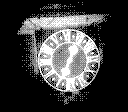
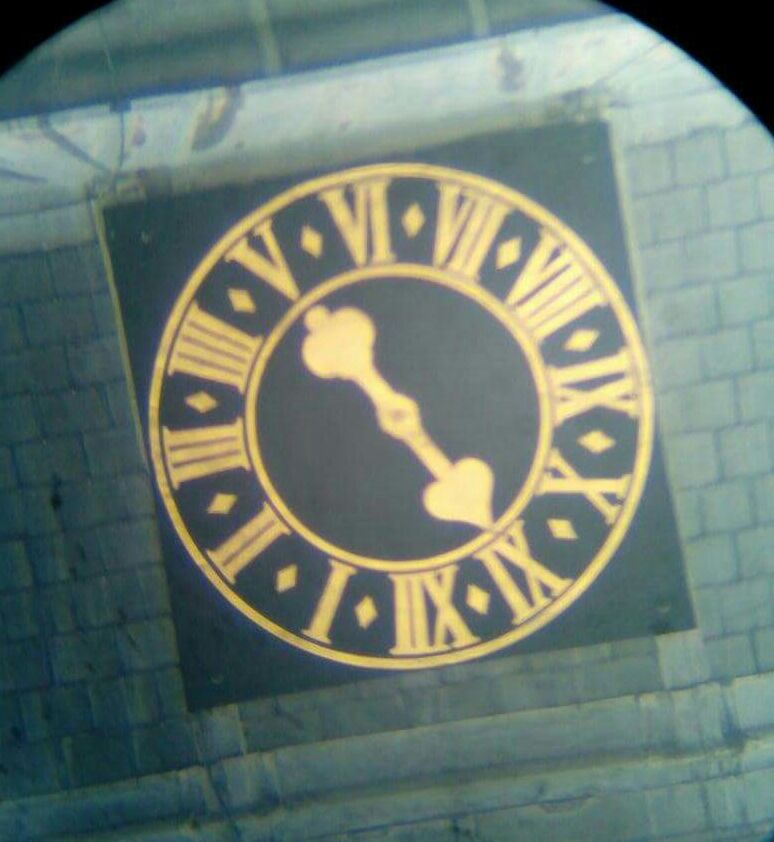
A few weeks later the clouds finally broke up and the Moon was high in the sky together with Jupiter. Not wanting to pass up on this opportunity, I rushed to the observatory and clicked away.
The Moon was observed trough the viewfinder for a more zoomed out image and the main telescope for detailed shots.
The viewfinder images are not very impressive, although the phase of the moon is clearly visible, especially when compared with a Stellarium image of that night. (Note that telscopes flip the image.)
The second moon series was much better, especially when looking at the border between the light and dark sides. We can clearly see craters on the Moon.

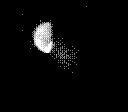

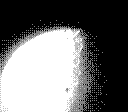

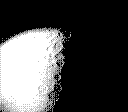
After getting these amazing results I wondered if we could get something better and aimed the telescope at Jupiter. To the eye it was very bright and you could easily resolve the four Gallilean moons. I half expected to maybe be capable of resolving the lines on the planet but was very surprised when one of the pictures showed three of the moons of Jupiter!
We see the same image twice, but one has been colored in photoshop to more closely resemble the 4 color BG image. Below is the position of the moons as calculated by the SKY & Telescope Jupiter's Moons calculator.
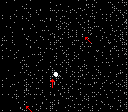
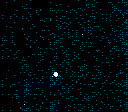
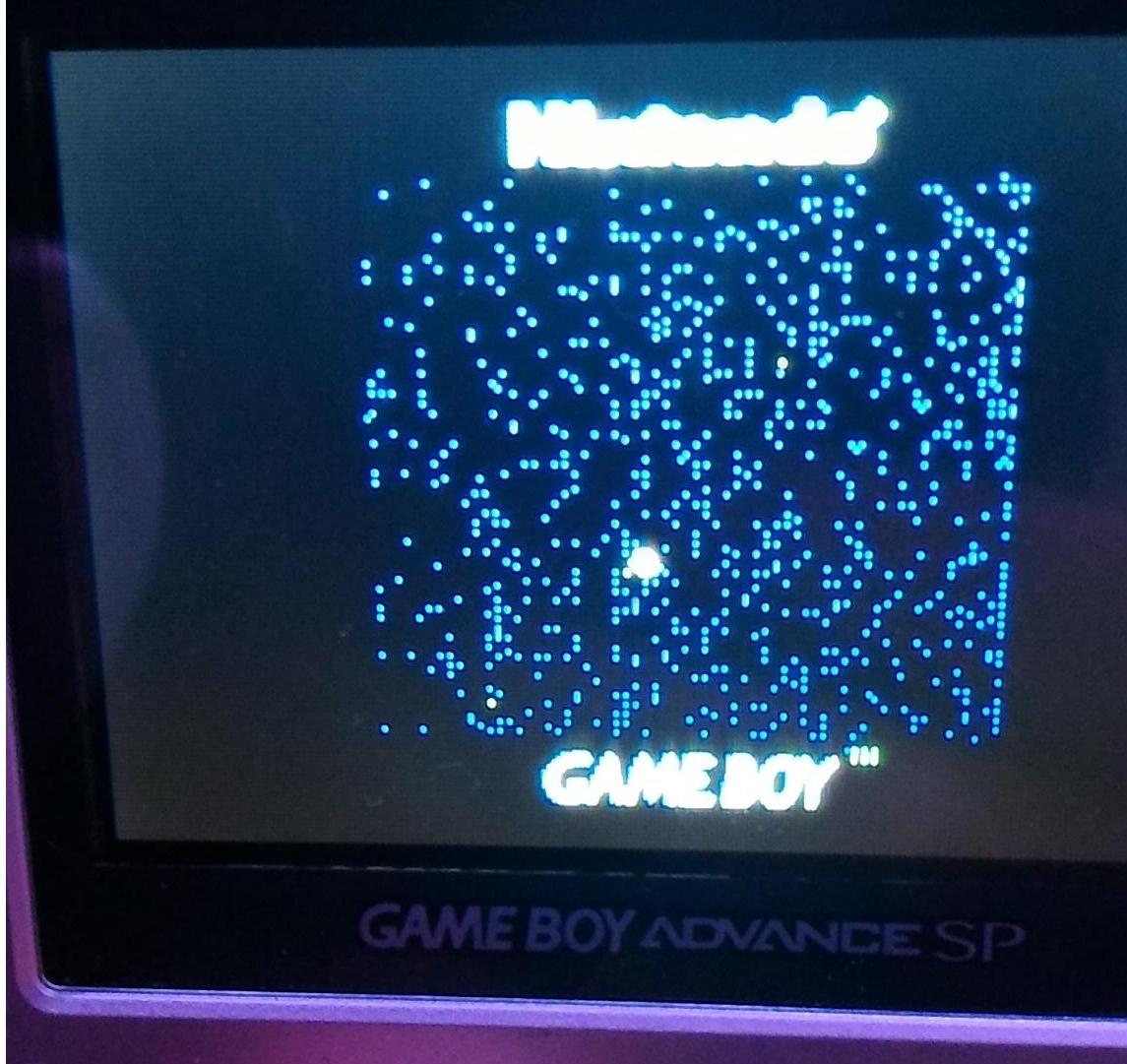

The images were taken off of the Game Boy Camera cartridge using the 'Hard Method' as described on 7outof10.co.uk. To install the GB USB smart card 64m on win7 I suggest this guide.
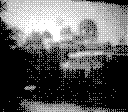
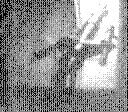
 That's all for now!
That's all for now!
As this page will not exist for ever, I have moved the content to trulyscience.com and will call that the source. Please link to this page when qouting this article.
Last update 2/7/2017 by Alex



















 That's all for now!
That's all for now!